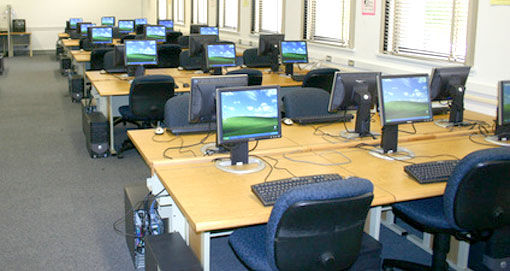
It is not unusual for agents to ‘learn the ropes’ by listening in to calls, often for days at a time. The problem is that the trainee can get ‘bored’ and switch off completely.
Carolyn Blunt explores how to put together a call centre training programme that works.
Different learning styles
We all favour learning in one or two of four different ways or ‘learning styles’ (Honey & Mumford 1992):
ACTIVIST: Someone who learns through ‘doing’, being hands on (most likely to switch off if sitting listening and passively observing for long periods).
PRAGMATIST: Someone who learns and accepts information when they see how it applies practically, e.g. given a test system to play around on or practising role play. Make real links between what you are doing in the training and how this applies back at work.
THEORIST: Someone who likes to know the bigger picture and needs the credibility of information to be established. Let them know the knock-on effect of their work – where does it fit in the service chain? And give them information and data about customers, suppliers and the organisation. They also value discussion and debate and need to know that the training is structured and flows in a logical way.
REFLECTOR: Someone who needs quiet time to assimilate the information that they have received. They need to ‘mull it over’ and process it for themselves. Sometimes may appear ‘quiet’ or ‘disinterested’ but actually a lot of valuable thinking is taking place. A training programme should build in time for this.
Training should therefore be well designed in order to account for all these preferences. Unless you put all trainees through a learning styles questionnaire there is no way of knowing what mix of styles are in any one training group; so it is best practice to allow for all four. These means that training for all levels of employee should have some activity, discussion, practice and review.
Get creative
Get creative and design the session to achieve the objectives, taking into account the resources available (e.g. how many people can be released at a time, the training room size, resources available).
Training design can be fresh and creative at very little cost. In the book we explain our plate-spinning listening-skill activity that replicates the contact centre environment by representing the customer and the IT system in a fun way. We also use music, colour, anagrams, jigsaws and other tools to ‘bring the learning to life’ and make it memorable.
Involve me, not show me
Confucius is reputed to have said: “Tell me and I will forget; show me and I may remember; involve me and I will understand.” This underpins the theory of ‘Accelerated Learning’ which is the idea that when we engage both hemispheres of our neo-cortex (or frontal brain) we can take in more information. The left hemisphere is known to favour logic and language while the right favours colour and imagery. By appealing to all the senses we can ‘speed up’ or accelerate the learning process and help information to be pushed into long-term memory.
Many of us will have been on dull training courses that we can now no longer remember what was covered on or what we learned and that brought us no real result. By using accelerated learning principles and the concepts of individual learning styles, training can be made enjoyable and effective at the same time!
Evaluate the results
The best training also needs to have a robust evaluation system in place. This is one part of training practice that can often be overlooked but is crucial to gaining senior support and having people ‘value’ the training. Measure performance before and after training. Gather feedback from delegates immediately following a training session but also 3 months and 6 months afterwards to ensure that learning has been ‘transferred’ back to the desk.
Monitor statistical performance such as call quality scores and customer scorecards. If financial benefits can be found that can be directly attributed to training then this is the holy grail for trainers! Look for extra sales, reduced complaints, lower attrition, etc. This data allows you to prove the value of releasing people and spending time and money on training in a language that senior management teams understand and cannot dispute.
The trainees’ manager is also a critical part of this process and regular dialogue between the leadership and training teams is important. Individual training logs and personal development plans should be updated with training attended and this information needs to be reviewed as part of the appraisal and 1:1 process.
If something is not working in a training course, change it! Training modules should not be left alone simply because no one has complained. Keep adapting them to keep them fresh for both the delegates and for the trainer who is delivering. At least once a year the training module should have a complete review.
The fundamentals of best practice in call centre training are explored in more depth in the recently published ‘Call Centre Training Handbook’.
No comments:
Post a Comment